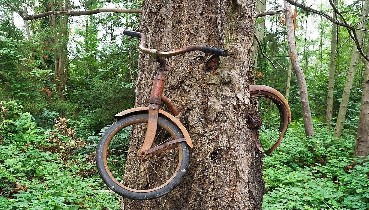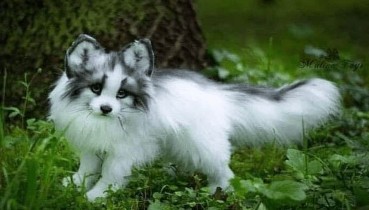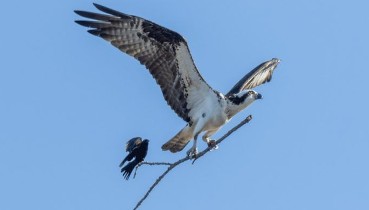
Amazing Nature
13 March 2022 ( 181 views )
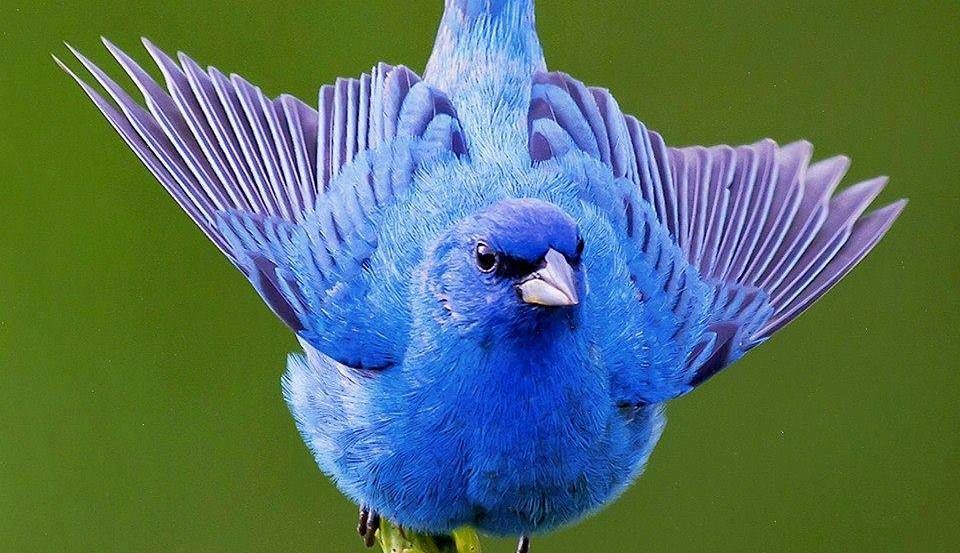
Advertisements
The indigo bunting (Passerina cyanea)
The indigo bunting (Passerina cyanea) is a small seed-eating bird in the cardinal family, Cardinalidae. It is migratory, ranging from southern Canada to northern Florida during the breeding season, and from southern Florida to northern South America during the winter. It often migrates by night, using the stars to navigate. Its habitat is farmland, brush areas, and open woodland. The indigo bunting is closely related to the lazuli bunting and interbreeds with the species where their ranges overlap.
The indigo bunting is a small bird, with a length of 11.5–13 cm (4.5–5.1 in). It displays sexual dimorphism in its coloration; the male is vibrant blue in the summer, with brightly colored plumage during the breeding season to attract a mate. It is brown during the winter months, while the female is brown year-round. Nest-building and incubation are done solely by the female. The diet of the indigo bunting consists primarily of insects during the summer months and seeds during the winter months.
Description
Juvenile male indigo bunting at Smith Oaks Sanctuary, High Island, Texas
The indigo bunting is a smallish songbird, around the size of a small sparrow. It measures 11.5–15 cm (4.5–5.9 in) long, with a wingspan of 18–23 cm (7.1–9.1 in).[8][9] Body mass averages 14.5 g (0.51 oz), with a reported range of 11.2–21.4 g (0.40–0.75 oz).[10] During the breeding season, the adult male appears mostly a vibrant cerulean blue. Only the head is indigo. The wings and tail are black with cerulean blue edges. In fall and winter plumage, the male has brown edges to the blue body and head feathers, which overlap to make the bird appear mostly brown. The adult female is brown on the upperparts and lighter brown on the underparts. It has indistinct wing bars and is faintly streaked with darker markings underneath. The immature bird resembles the female in coloring, although a male may have hints of blue on the tail and shoulders and have darker streaks on the underside. The beak is short and conical. In the adult female, the beak is light brown tinged with blue, and in the adult male the upper half is brownish-black while the lower is light blue. The feet and legs are black or gray.
First years and adult males are distinguishable through close observations of the skull and its degree of ossification. Juvenile skulls have a slightly pinkish color that gives under pressure due to its singular layer. Adults instead have a double layer skull, which gives more resistance when applying pressure. First year birds also tend to have a fleshy, yellow gape in the corner of the mouth, apparent in all months except October and November. When comparing males to females that both have brown molt, increased wing length and weight typically indicate a bunting is a male.
As indicated by data collected from Charles H. Blake from his banding experiments in Hillsborough, NC, the Indigo Bunting has a weighted annual survival rate of 0.585. Using his own methods (Blake 1967, p. 5) and a pool of 25 indigo buntings captured and observed, it was determined that approximately two out of twenty-five indigo buntings should live up to six years. Using the calculated annual rate of six-year-old birds obtained (2/25 = 0.08), an annual rate of 0.656 was calculated, 12% higher than the annual rate of 0.585, leading to the 1 out of 25 statistic. The oldest recorded bunting was at least 13 years and 3 months old. However, not much emphasis should be placed on these values since the pool of individuals is small, where any individual can affect the weighted average.
Recommended Videos
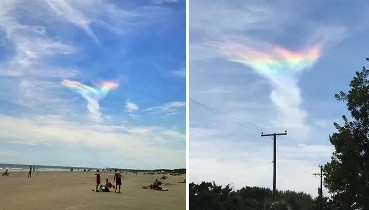 Rare “Fire Rainbow” Appears In Sky Over South Carolina86 views
Rare “Fire Rainbow” Appears In Sky Over South Carolina86 views The Gouldian finch (Chloebia gouldiae)4535 views
The Gouldian finch (Chloebia gouldiae)4535 views-
Advertisements
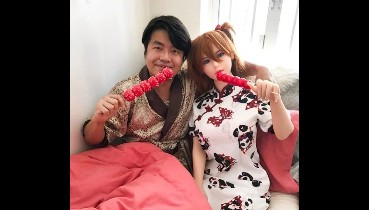 Top 15 Most Weirdest and Unusual Couples In The World1441 views
Top 15 Most Weirdest and Unusual Couples In The World1441 views THE 9 OLDEST, TALLEST, AND BIGGEST TREES IN THE WORLD240 views
THE 9 OLDEST, TALLEST, AND BIGGEST TREES IN THE WORLD240 views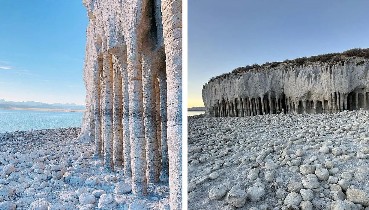 Crowley Lake Columns: Mysterious Volcanic Formations464 views
Crowley Lake Columns: Mysterious Volcanic Formations464 views Purple-crested Turaco - Tauraco porphyreolophus461 views
Purple-crested Turaco - Tauraco porphyreolophus461 views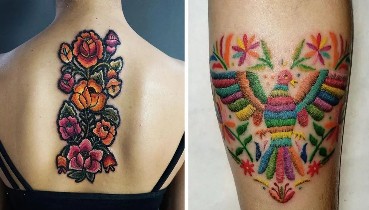 These Embroidery Tattoos are Jaw-Droppingly Realistic71 views
These Embroidery Tattoos are Jaw-Droppingly Realistic71 views The Mysterious Arrival of Adelomelon brasiliana Snail Eggs on Mar del Plata Beach120 views
The Mysterious Arrival of Adelomelon brasiliana Snail Eggs on Mar del Plata Beach120 views
Advertisements
